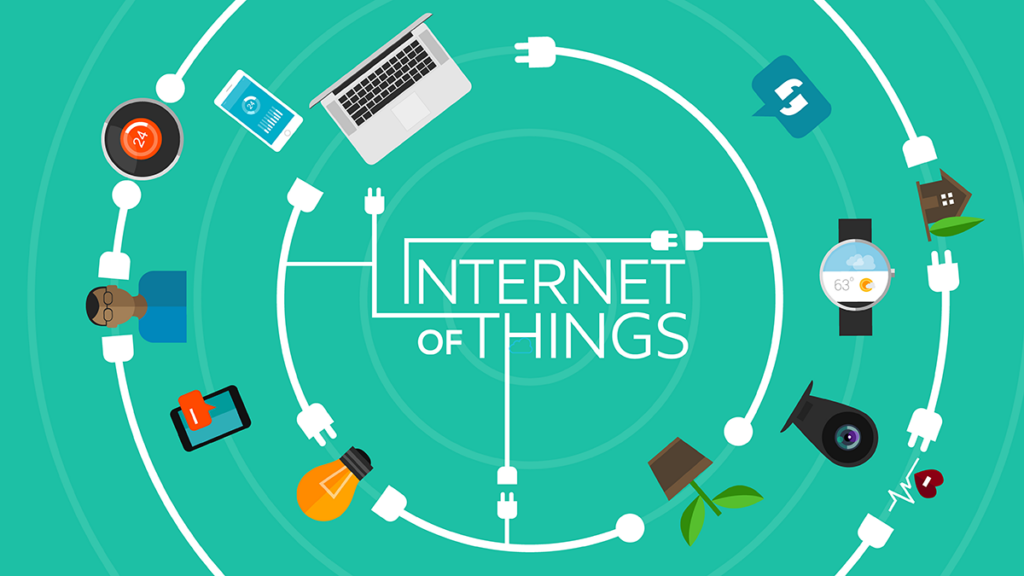The Internet of Things (IoT) is a rapidly evolving technology that extends Internet connectivity beyond traditional devices like computers and smartphones to a wide range of devices and everyday things.
This technology enables these objects to collect and exchange data, creating opportunities for more direct integration of the physical world into computer-based systems.
Understanding IoT technology
Devices and sensors: IoT revolves around devices equipped with sensors, actuators, and software. These sensors collect data from their environment. For instance, in a smart thermostat like the Nest Learning Thermostat, temperature sensors, occupancy sensors, and humidity sensors collect data to optimise heating and cooling of a home efficiently.
Connectivity: IoT devices transmit data via network protocols. The choice of connectivity depends on the specific IoT application. Short-range wireless communication like Bluetooth Low Energy (BLE) is used in fitness trackers like Fitbit, whereas Long Range (LoRa) technology is suited for agricultural sensors spread over vast areas.
Data processing and analytics: the data collected by IoT devices is sent to the Cloud or processed locally. For instance, modern cars like Tesla utilise Edge computing to process data from sensors in real-time, aiding in navigation and autonomous driving features.
User interface and control: interaction with IoT systems is facilitated through user interfaces. Applications like the Philips Hue app allow users to control lighting systems remotely, illustrating the integration of user interface with IoT.
Real-world applications of IoT
Smart homes: companies like Google and Amazon have developed smart home ecosystems. Devices like Amazon Echo and Google Nest Hub enable users to control various home appliances, set reminders, and access entertainment using voice commands.
Healthcare: IoT in healthcare includes wearable devices like the Apple Watch, which monitors heart rate and can detect irregular heart rhythms. In hospitals, IoT devices track the location of equipment and monitor patient vitals in real-time.
Industrial IoT (IIoT): in manufacturing, IoT devices are used for predictive maintenance and efficient resource management. For example, Siemens uses IoT sensors to monitor the condition of equipment and predict when maintenance is needed.
Smart cities: IoT plays a critical role in developing smart cities. Barcelona, for instance, uses IoT sensors for street lighting and waste management, significantly reducing energy costs and improving efficiency.
Challenges in IoT
Security and privacy: with increased connectivity, IoT devices become targets for cyber-attacks. The Mirai botnet attack in 2016, which exploited IoT devices like security cameras and routers, is a stark reminder of these vulnerabilities.
Data management: the large volumes of data generated by IoT devices require robust storage, processing, and analysis capabilities.
Interoperability: the lack of standardisation can lead to compatibility issues between different IoT devices and systems.
Conclusion
IoT is a transformative technology that is reshaping industries and daily life. By connecting the physical and digital worlds, IoT unlocks immense potential, although it also poses significant challenges that need to be addressed. As technology advances, the scope and impact of IoT will continue to expand.
